How to be aero (without breaking UCI rules)
Cycling’s governing body has banned the forearms TT position on road bikes, so what is the next fastest position?
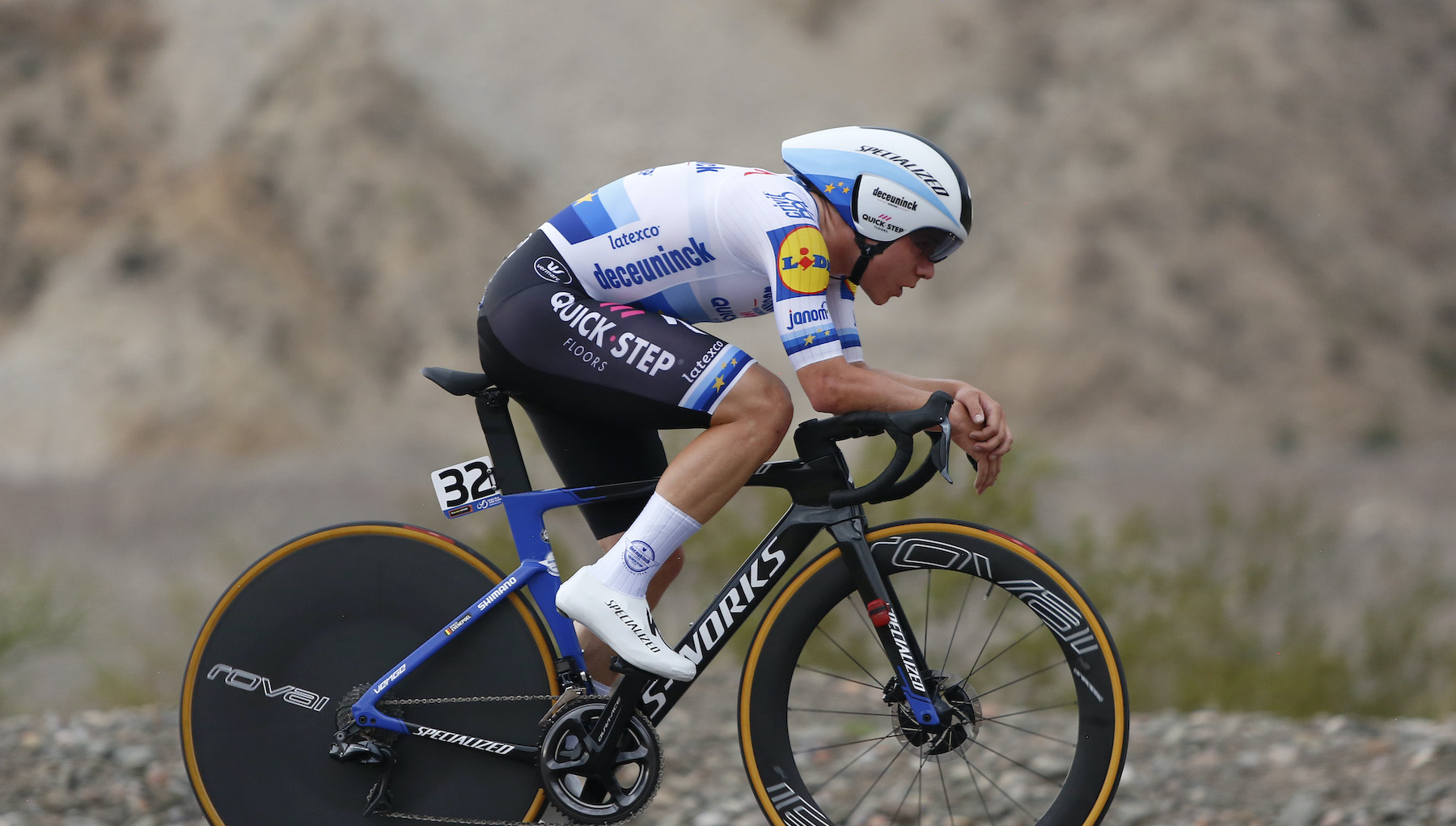
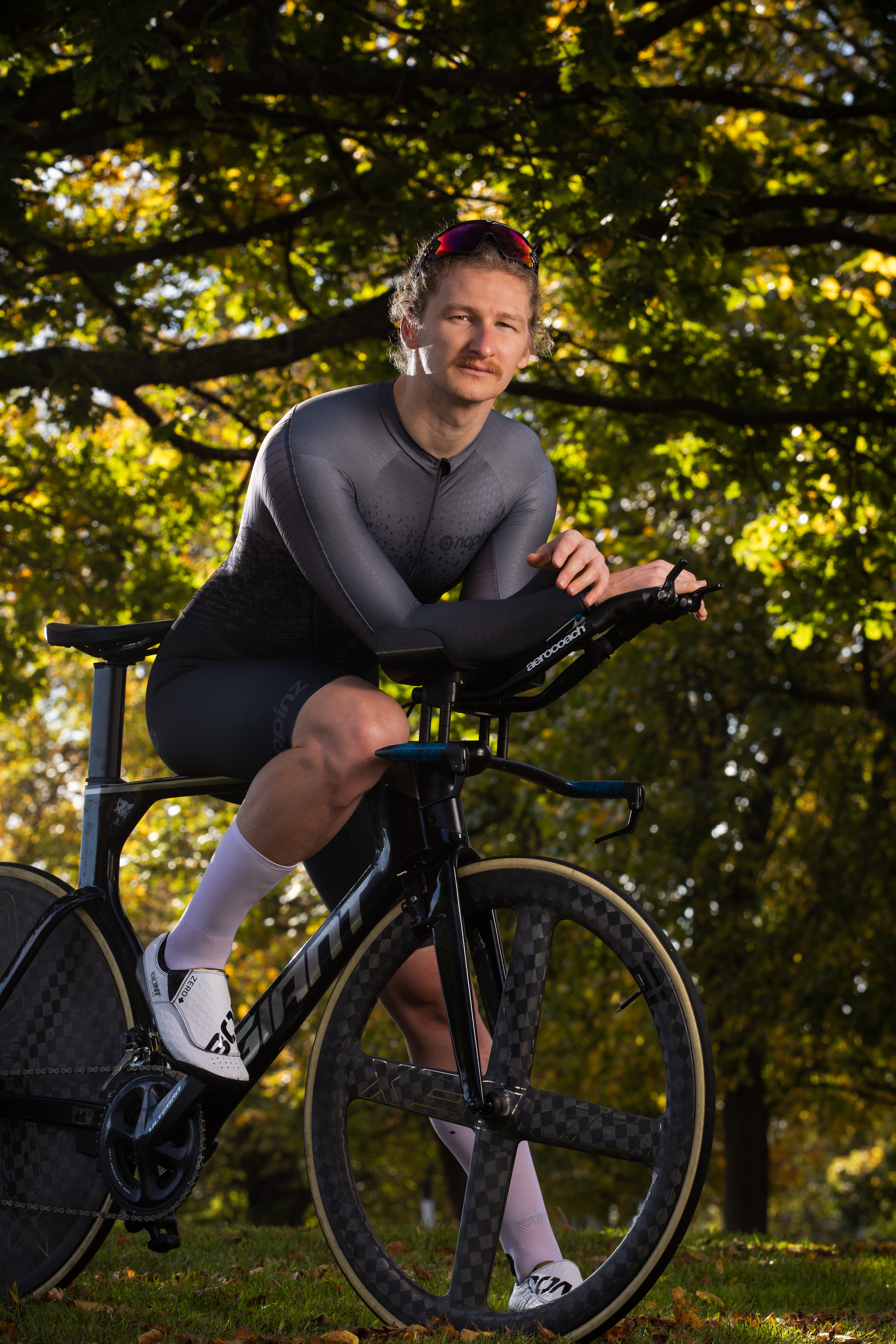
I think we’ve all been hit with the temptation - the urge to do your best Peter Sagan impression and rest your forearms on the tops of the bars to try and get as aero as possible on the road bike, attempting to squeeze out a few extra seconds on the local Strava segment.
It’s exactly this mentality that ostensibly sparked the UCI into action over the “dangerous” riding position, routinely seen on display in the WorldTour peloton, by breakaway attackers, on the front of the bunch, and even in road bike time trials.
On April 1, 2021, cycling’s international governing body decided to ban the forearm TT position in UCI-ranked races, along with a handful of other riding positions deemed unsafe.
Part of the UCI’s justification for banning the improvised aero position is the professionals’s influence on amateur riders, who may be inspired to copy their heroes.
As one Cycling Weekly reader said: “All I can say, is that if I had never seen it on the telly, then I would never have done it myself.
“The only reason [I did it], was that I saw the pros doing it on TV and I wanted to be 'cool' like them."
While the forearm ban caused an uproar at the time, the rules are now in full effect (Rigoberto Urán was among the riders warned for using the position in this year’s Tour de France), which begs the question: what is the alternative?
Get The Leadout Newsletter
The latest race content, interviews, features, reviews and expert buying guides, direct to your inbox!
Cycling Weekly asked road bike aero specialist George Fox for his insights into getting aero, without breaking the UCI rules.
“Aero is so important on all types of road bikes,” Fox said. “But it’s crucial on a road bike over a TT bike because the aerodynamics are typically a good chunk worse. So if you can achieve an aero position, as a percentage you'll gain a lot more over your rivals!”
How to get aero
A coach and bike-fitter based in Northamptonshire, UK, Fox also has first-hand experience of the perfect aero position on a road bike, having smashed the 20-minute barrier for a 10-mile TT on his Giant Propel back in 2019, coming within touching distance of a 30-year-old record.
But what is the fastest position?
Fox said that riders often struggle to choose one position when riding their road bike, usually because of the need to stretch out their muscles while trying to hold an aero position.

What is the fastest position on the road bike?
Based on his own wind tunnel testing, Fox said the fastest position is hands on the hoods, with elbows dropped to a horizontal position.
“One of the big reasons [this position is fastest] is the back shape and head position it allows the rider to achieve - it’s less about the arms and more about the overall body shape,” he said.
Fox’s findings are supported by independent research carried out by Aerocoach, the aerodynamic component brand headed-up by Xavier Disley.
Testing six different riding positions - relaxed arms on the hoods (baseline), drops, aero position on the hoods, the banned forearm position, wrapping the hands around the brake hoods (also banned), and aero on the hoods with the hoods turned inwards.
The Aerocoach team found that the forearm position was indeed the fastest option (35 watts faster than the baseline at 45km/h), while the aero position on the hoods with the brake levers turned inwards was the next best option (37w faster), followed by the standard aero position on the hoods (35w faster).
The conclusion: “Aero hoods position is nearly as fast and much safer. It is much faster to hold an aero hoods position than drops or relaxed hoods, but can be fatiguing and often requires practice.”
How to stay aero
The Aerocoach conclusion touches on the other barrier to a strong aero position on the road bike however, which is much simpler than the UCI rules - strength.
As many riders will know, holding this hands-on-hoods position is very, very uncomfortable, as it takes a huge amount of focus and discipline to keep the head low while supporting your weight with your forearms and triceps.
“It really is an awful position to hold," Fox said, “dropping your elbows generally leaves the elbow to wrist portion of the arm completely unsupported, so you end up essentially holding a plank position with your core and arms, whilst pedalling a lot of power too.”
There are two workarounds to this barrier that Fox highlighted, the first of which is spending as much time as possible riding in the aero position: “Really make it hurt in training to get the benefit on race day.”
The alternative may be even less palatable for most cyclists, as it involves off-the-bike work: the dreaded plank.
Fox said: “Off the bike, planking is one of the best things you can do, as it’s almost an exact replica of what you're trying to achieve on the bike.”
Innovations in the peloton
In the pro ranks, the changes to UCI rules have prompted a few unusual innovations on the tech side of the sport.
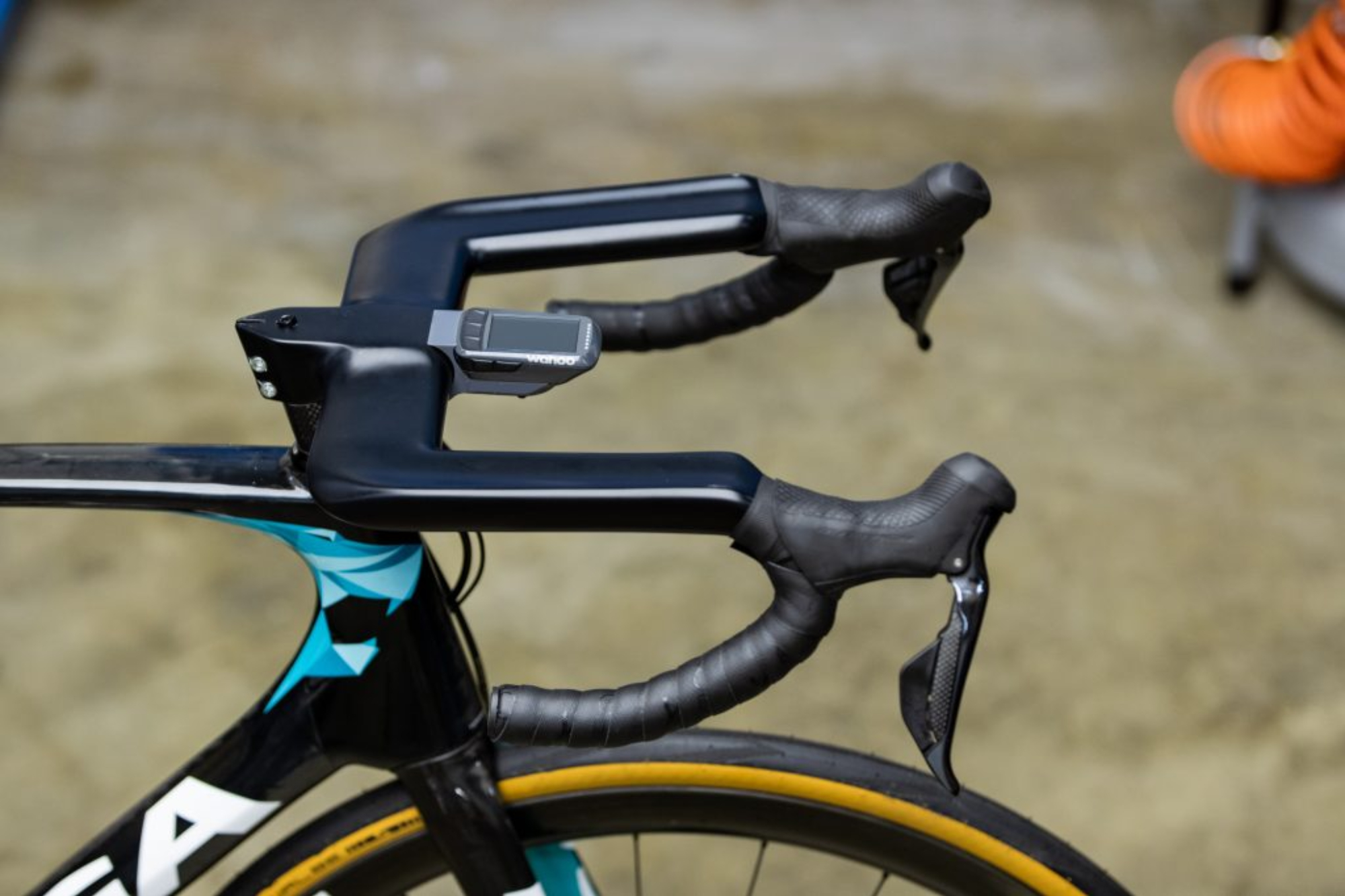
The Speeco aero handlebar
In June Jan-Willem van Schip debuted his unusual new handlebar design, the Speeco Aero Breakaway Bar, which featured and extended bar between the hoods and the tops, supporting the rider’s forearms in the aero position.
But the bars sparked immediate controversy when they appeared in the Belgium Tour, as Beat Cycling rider Van Schip was kicked out of the race for using the bars, despite the team believing they had been approved by the UCI (which was disputed by the UCI).
>>> How sailing technology could lead to a new wave of aero design
While outlandish innovations like the Speeco bars may not catch on as long as the UCI continues to throw the rulebook at riders, Ribble-Weldtite rider and aero uber-advocate Dan Bigham has been testing out prototype 27cm-wide bars this season, evidence that aero could be the hot topic in cycling in the next few years.

Thank you for reading 20 articles this month* Join now for unlimited access
Enjoy your first month for just £1 / $1 / €1
*Read 5 free articles per month without a subscription

Join now for unlimited access
Try first month for just £1 / $1 / €1
Alex Ballinger is editor of BikeBiz magazine, the leading publication for the UK cycle industry, and is the former digital news editor for CyclingWeekly.com. After gaining experience in local newsrooms, national newspapers and in digital journalism, Alex found his calling in cycling, first as a reporter, then as news editor responsible for Cycling Weekly's online news output, and now as the editor of BikeBiz. Since pro cycling first captured his heart during the 2010 Tour de France (specifically the Contador-Schleck battle) Alex covered three Tours de France, multiple editions of the Tour of Britain, and the World Championships, while both writing and video presenting for Cycling Weekly. He also specialises in fitness writing, often throwing himself into the deep end to help readers improve their own power numbers. Away from the desk, Alex can be found racing time trials, riding BMX and mountain bikes, or exploring off-road on his gravel bike. He’s also an avid gamer, and can usually be found buried in an eclectic selection of books.
-
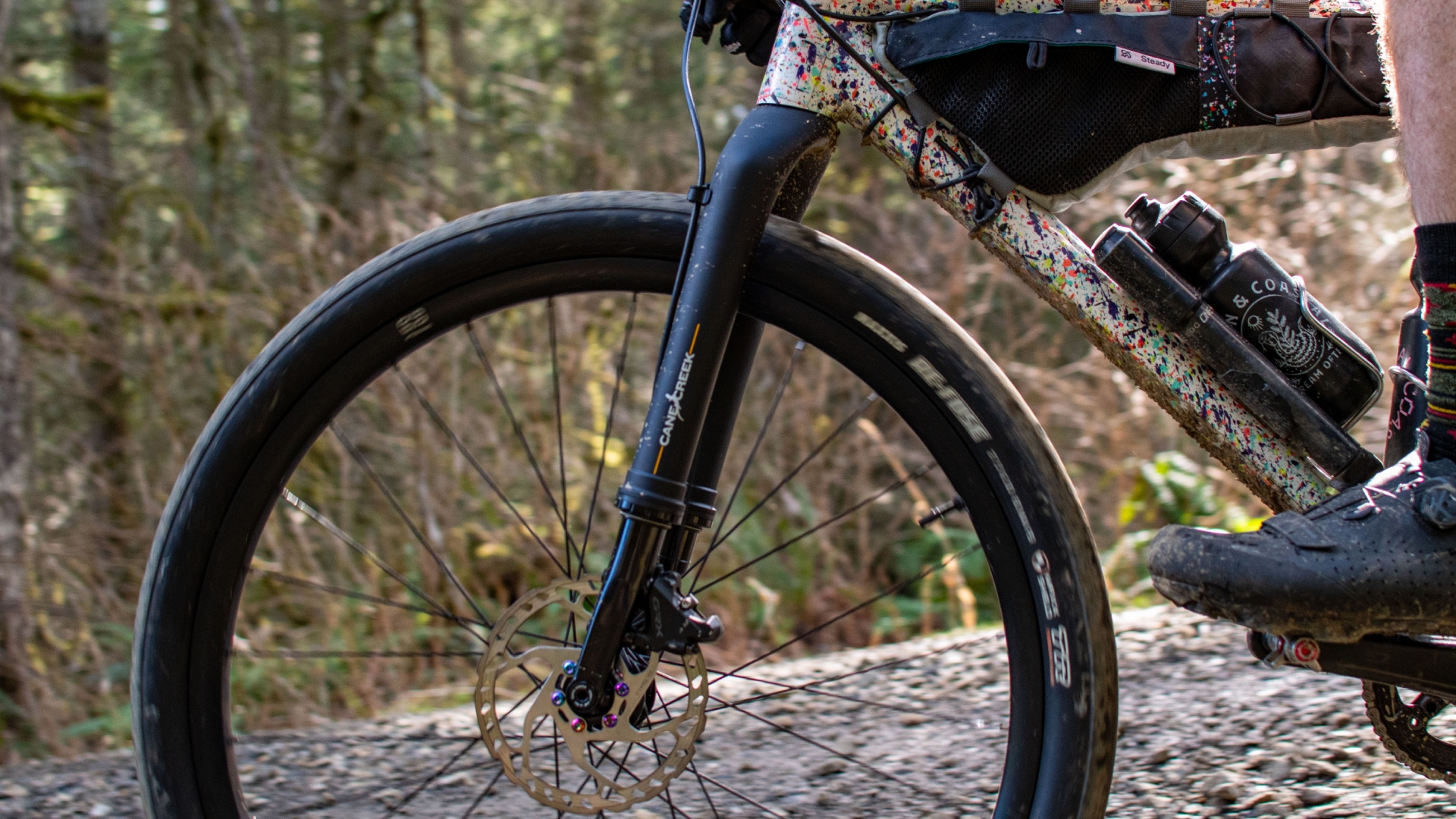 Review: Cane Creek says it made the world’s first gravel fork — but what is a gravel fork, and how does it ride?
Review: Cane Creek says it made the world’s first gravel fork — but what is a gravel fork, and how does it ride?Cane Creek claims its new fork covers the gravel category better than the mini MTB forks from RockShox and Fox, but at this price, we expected more.
By Charlie Kohlmeier
-
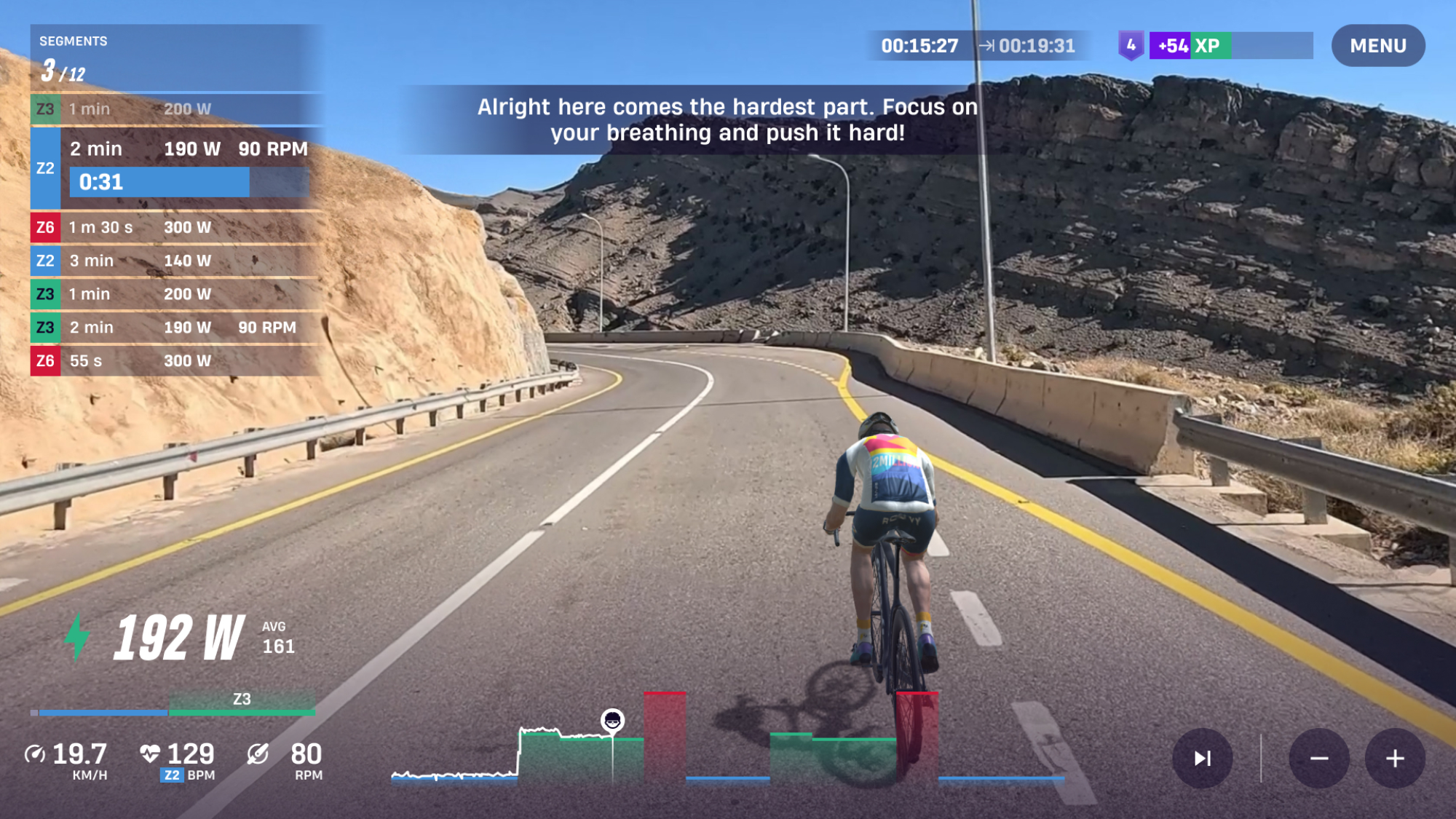 ROUVY's augmented reality Route Creator platform is now available to everyone
ROUVY's augmented reality Route Creator platform is now available to everyoneRoute Creator allows you to map out your home roads using a camera, and then ride them from your living room
By Joe Baker